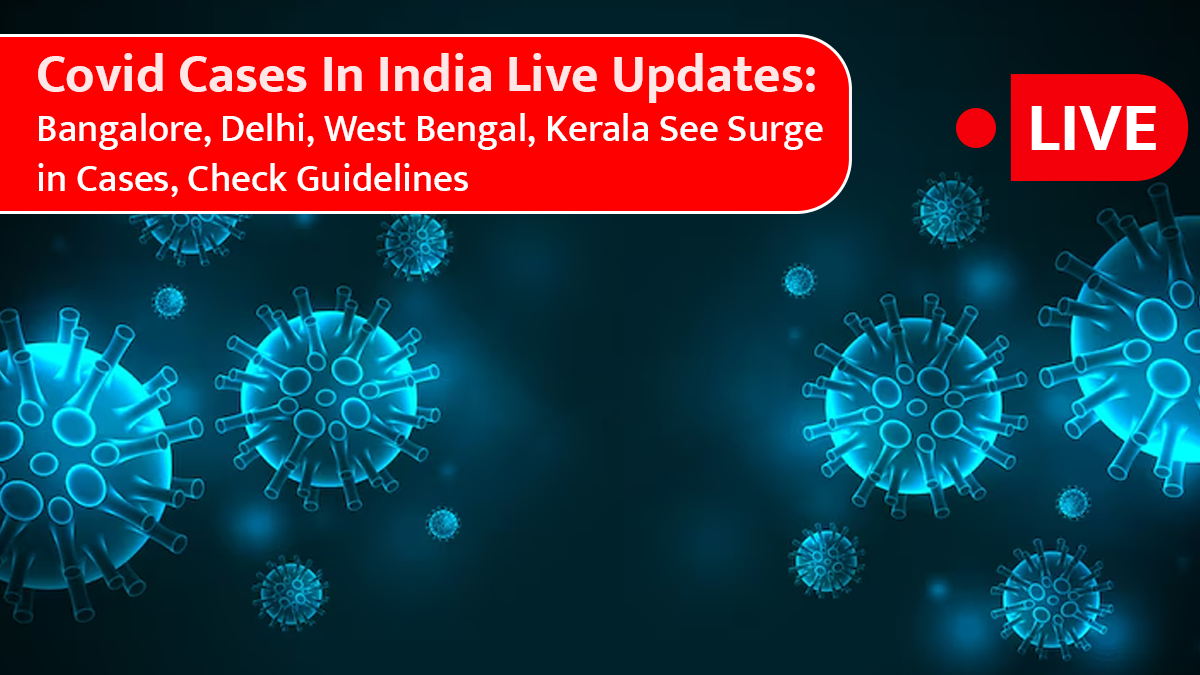
A recent uptick in COVID-19 infections across various Indian states, including Kerala, Maharashtra, Delhi, and Karnataka, has prompted health authorities to issue advisories and reinforce preparedness. While experts and officials urge calm, vigilance remains key as the nation monitors this evolving situation.
Table of Content:-
National Overview: A Shifting Landscape
The active caseload for COVID-19 in India has seen a noticeable increase, crossing the 1,000-mark nationwide. As of May 26, 2025, the total active cases stand at 1,009, with a reported 752 new confirmed cases in the last week. This rise follows a period of relatively low numbers, signalling the continued presence and circulation of the virus. Health officials emphasise that the majority of these newly reported cases are mild and do not require hospitalisation, with patients largely recovering under home care.
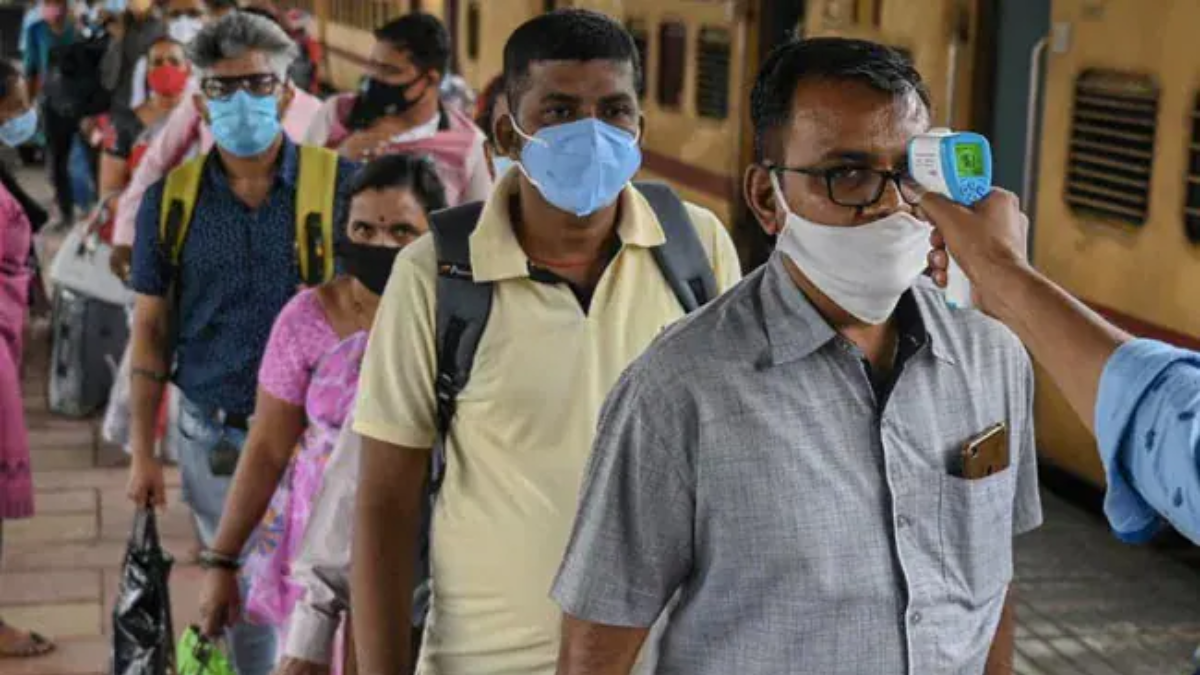
States Reporting Significant Increase In COVID Cases
Updated as of May 26, 2025, at 5:45 PM
Several states are contributing to the recent surge in active cases, demanding focused attention:
Kerala Leads the Count:
Kerala continues to report the highest number of active cases across the country. The state's active caseload has reached 430, indicating a substantial rise. In the last week alone, Kerala confirmed 335 new infections. This necessitates continued adherence to health protocols and heightened surveillance within the state.
Read More: Kerala Covid 19 Cases
Also Read: India's Ayush Set for Global Stage: PM Modi Unveils Scientific Outreach Plan
Delhi's Rising COVID-19 Figures:
The National Capital Region, Delhi, has also witnessed a notable increase, with active cases now at 104. Over the past week, Delhi recorded 99 new infections. Despite this surge, Delhi Chief Minister Rekha Gupta has reassured the public, stating that there is no need for panic and that all hospital facilities are adequately prepared to manage a potential rise in patient numbers. Guidelines have been disseminated to hospitals, ensuring readiness in terms of beds, oxygen supply, essential medications, and functional equipment.
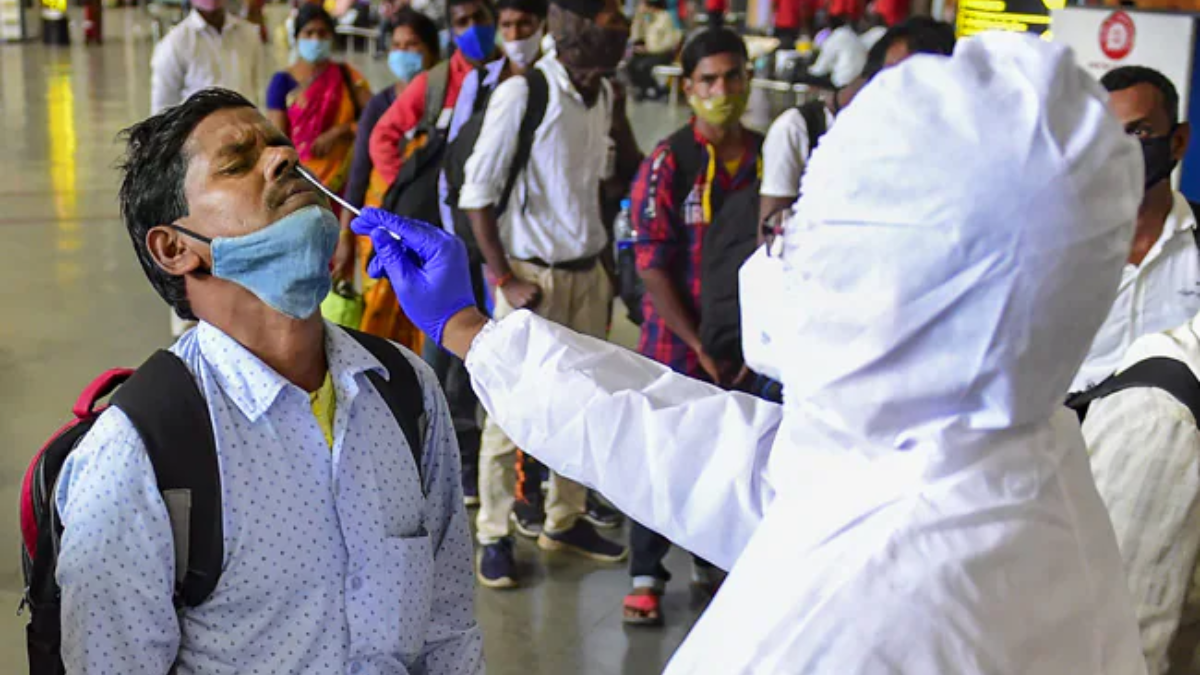
Maharashtra and Karnataka Also on Alert:
Maharashtra currently reports 209 active cases, while Karnataka has 47. Both states, along with Gujarat (83 active cases) and West Bengal (12 active cases), are under close observation by health authorities as part of the national monitoring strategy. Uttar Pradesh has also reported 15 active cases, and some states like Bihar and Jharkhand, which previously had no active cases, have now reported their first infections in this wave.
Also Read: FDA Considers Limiting Future COVID-19 Vaccines to Seniors and High-Risk Groups
Expert Perspectives and Official Stance
Medical experts acknowledge that the current increase in cases was anticipated, attributing it to ongoing international travel and the dynamic nature of respiratory viruses. Dr Subhrojyoti Bhowmik, a Professor of Pharmacology at KPC Medical College, remarked that the surge is not unexpected given the arrival of travellers from various countries, including Singapore. He reiterated that there is no need for alarm and expressed confidence that the Indian government would soon issue comprehensive advisories to guide public response.
Read Also: Haryana Covid 19 Cases
Union Health Minister JP Nadda recently emphasised that it is not a novel virus and urged citizens not to be overly concerned about its appearance. This broader perspective highlights that such viral resurgences are part of seasonal epidemic patterns involving common respiratory pathogens.
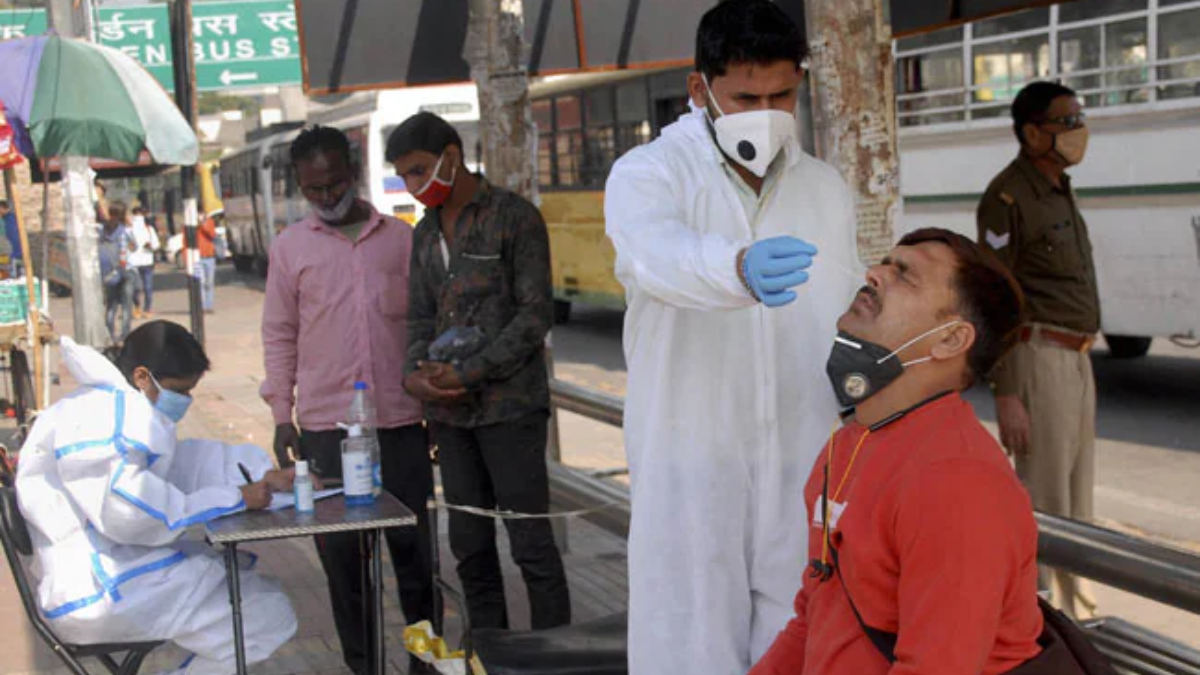
Current Case Live Tracker (As of May 26, 2025)
| State | Active Cases | Change since May 19, 2025 |
| Kerala | 430 | +335 |
| Maharashtra | 209 | +153 |
| Delhi | 104 | +99 |
| Gujarat | 83 | +76 |
| Karnataka | 47 | +34 |
| Tamil Nadu | 69 | +3 |
| Uttar Pradesh | 15 | +15 |
| West Bengal | 12 | +11 |
| Rajasthan | 13 | +11 |
| Haryana | 9 | +8 |
| Puducherry | 9 | +1 |
| Andhra Pradesh | 4 | +4 |
| Madhya Pradesh | 2 | +2 |
| Telangana | 1 | +1 |
| Chhattisgarh | 1 | +1 |
| Goa | 1 | +1 |
| Total National | 1,009 | +752 |
Guidelines and Precautionary Measures
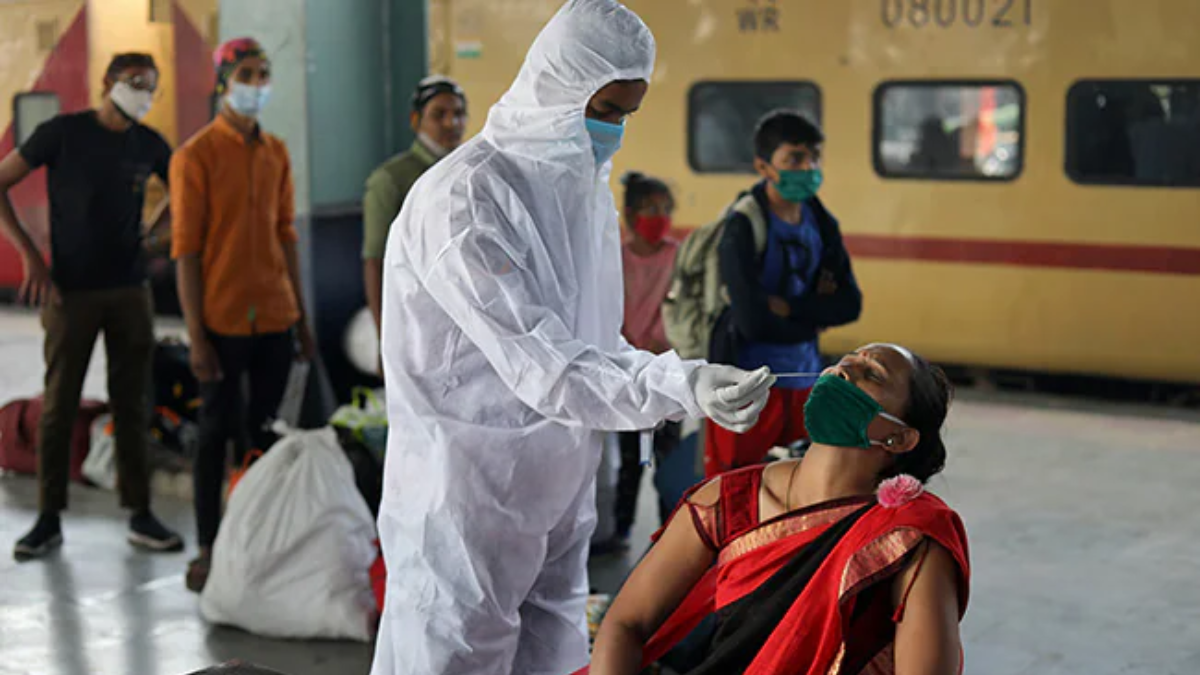
While there are no plans for immediate lockdowns, the government and health officials are emphasising the importance of continued adherence to COVID-appropriate behaviours. Key guidelines include:
- Mask Usage: Wearing face masks, particularly in crowded indoor spaces or public gatherings, is strongly advised.
- Hand Hygiene: Regular hand washing with soap and water or using alcohol-based hand sanitisers remains crucial.
- Social Distancing: Maintaining physical distance from others, especially in congested areas, helps reduce transmission risk.
- Testing and Isolation: Individuals experiencing symptoms are encouraged to get tested promptly and self-isolate to prevent further spread.
- Vaccination and Boosters: Staying up-to-date with vaccination schedules, including booster doses, is recommended, particularly for vulnerable populations such as the elderly, individuals with co-morbidities, and healthcare workers. Booster shots are now recommended annually for specific groups.
- Ventilation: Ensuring good air ventilation in homes and workplaces can significantly reduce the risk of airborne transmission.
Bottomline
The government's strategy continues to focus on close monitoring, rapid detection, and preparedness rather than restrictive measures. Citizens are urged to remain calm, follow public health advisories, and seek medical attention if covid symptoms persist or worsen, especially for high-risk individuals. The situation is dynamic, and further guidelines from central authorities are anticipated soon.
Also watch this video
How we keep this article up to date:
We work with experts and keep a close eye on the latest in health and wellness. Whenever there is a new research or helpful information, we update our articles with accurate and useful advice.
Current Version